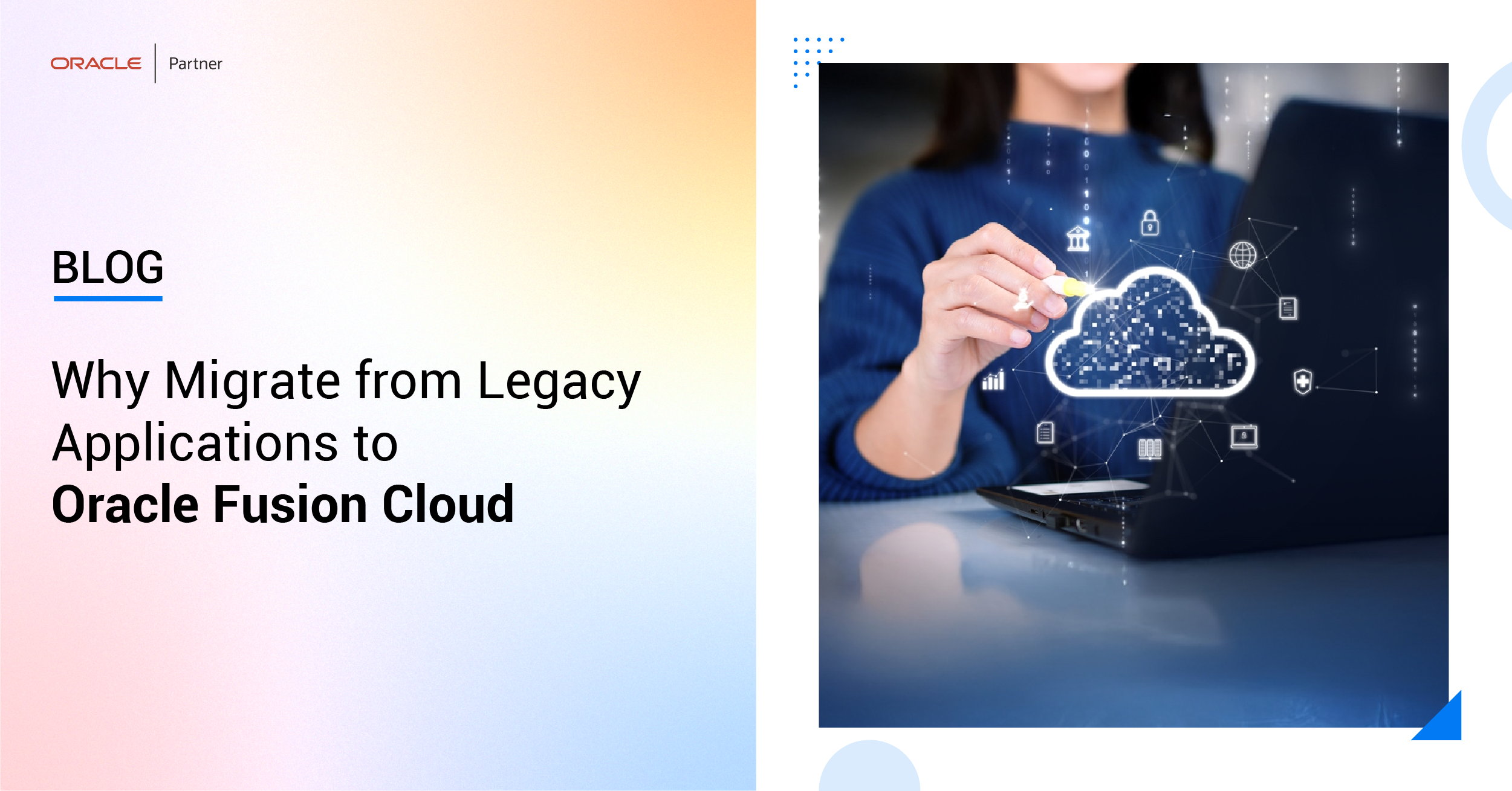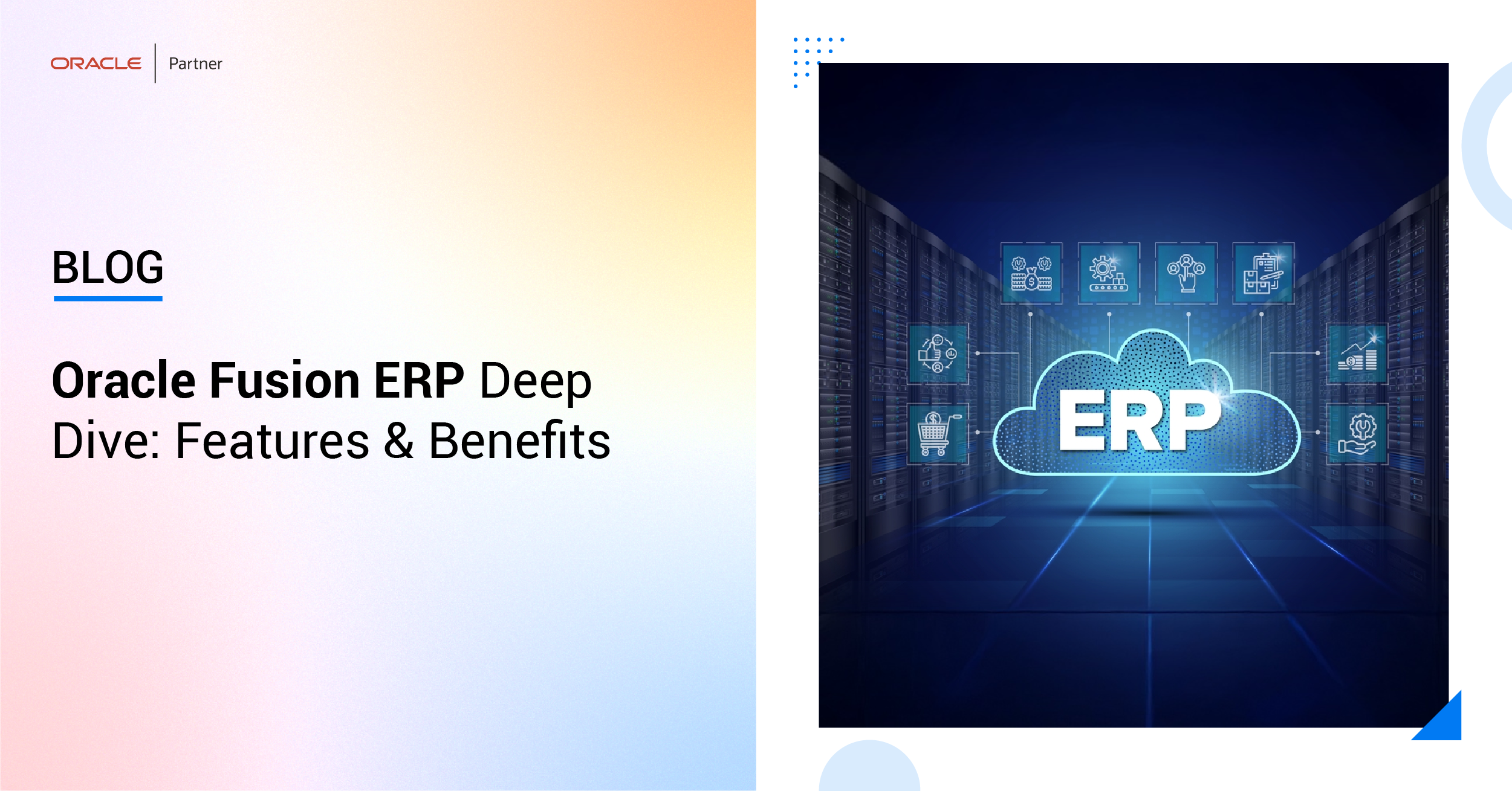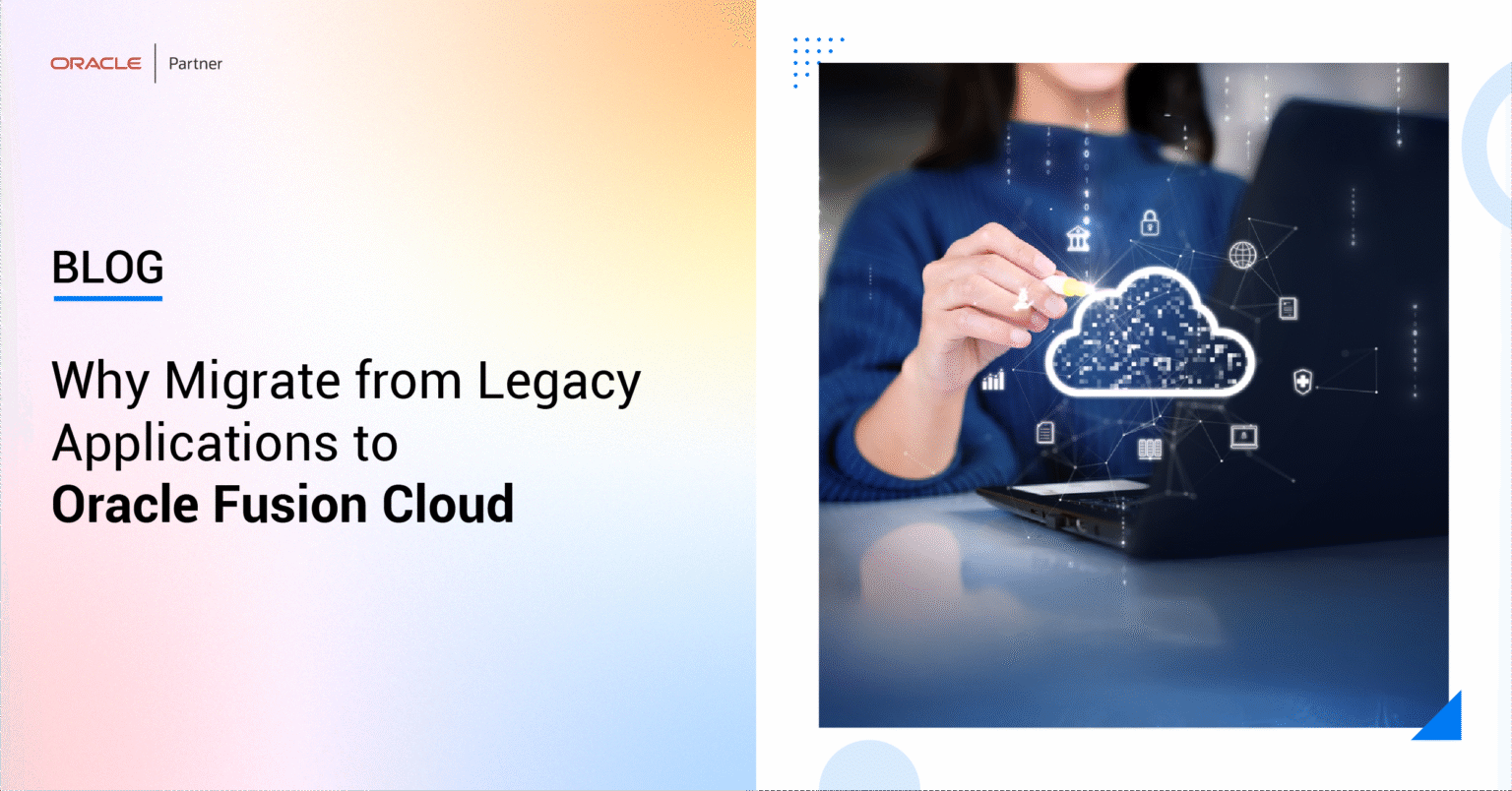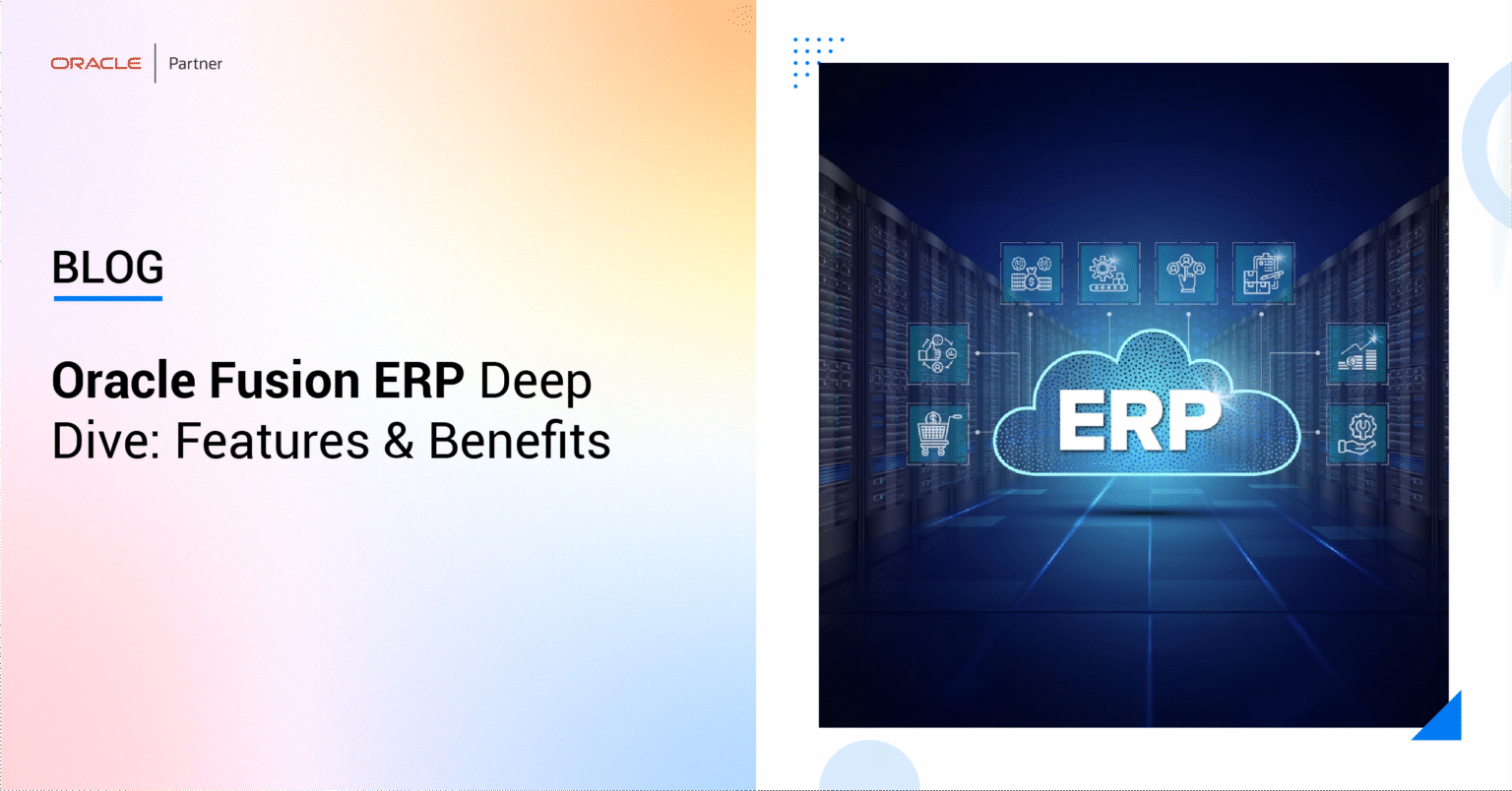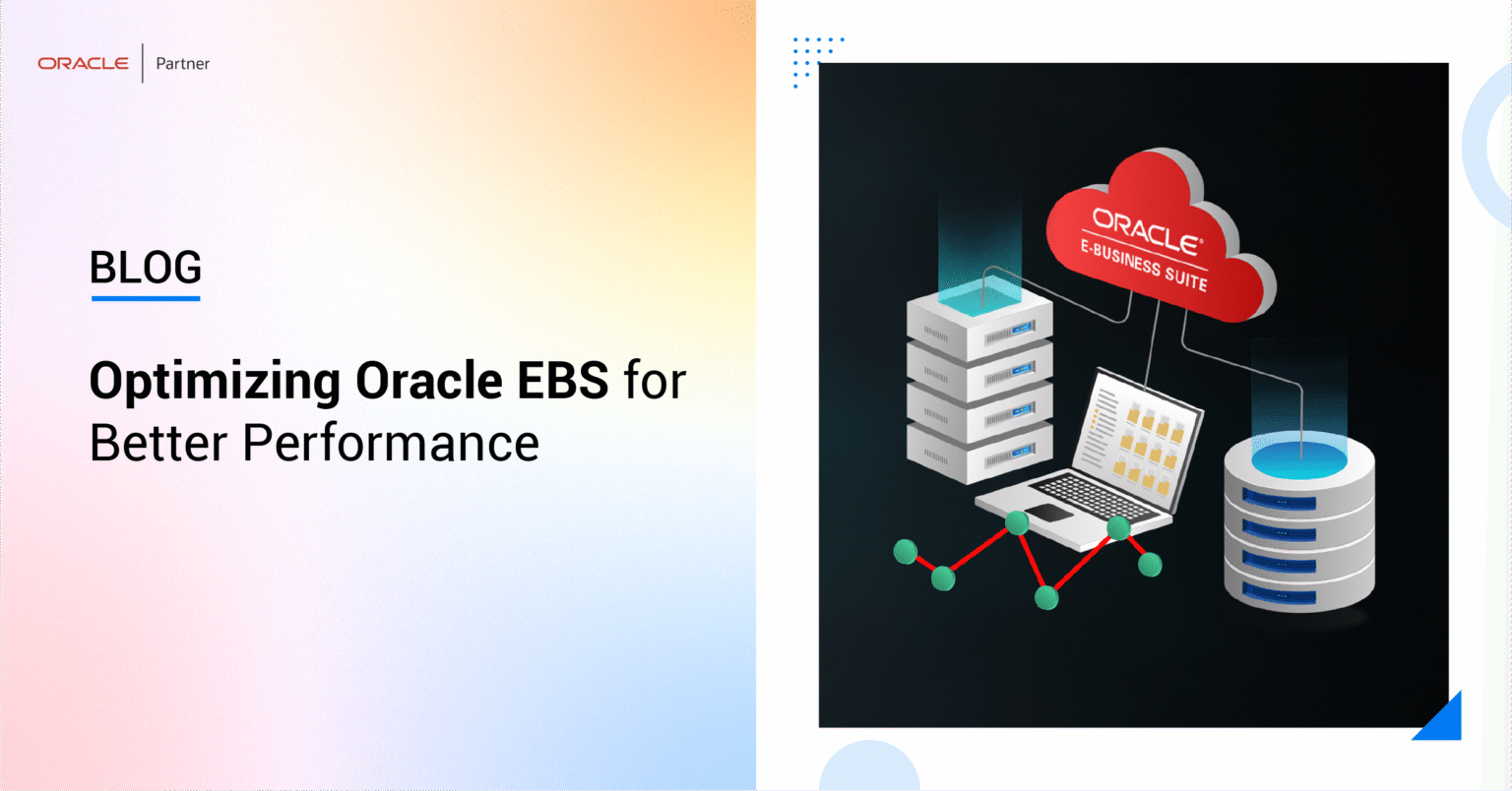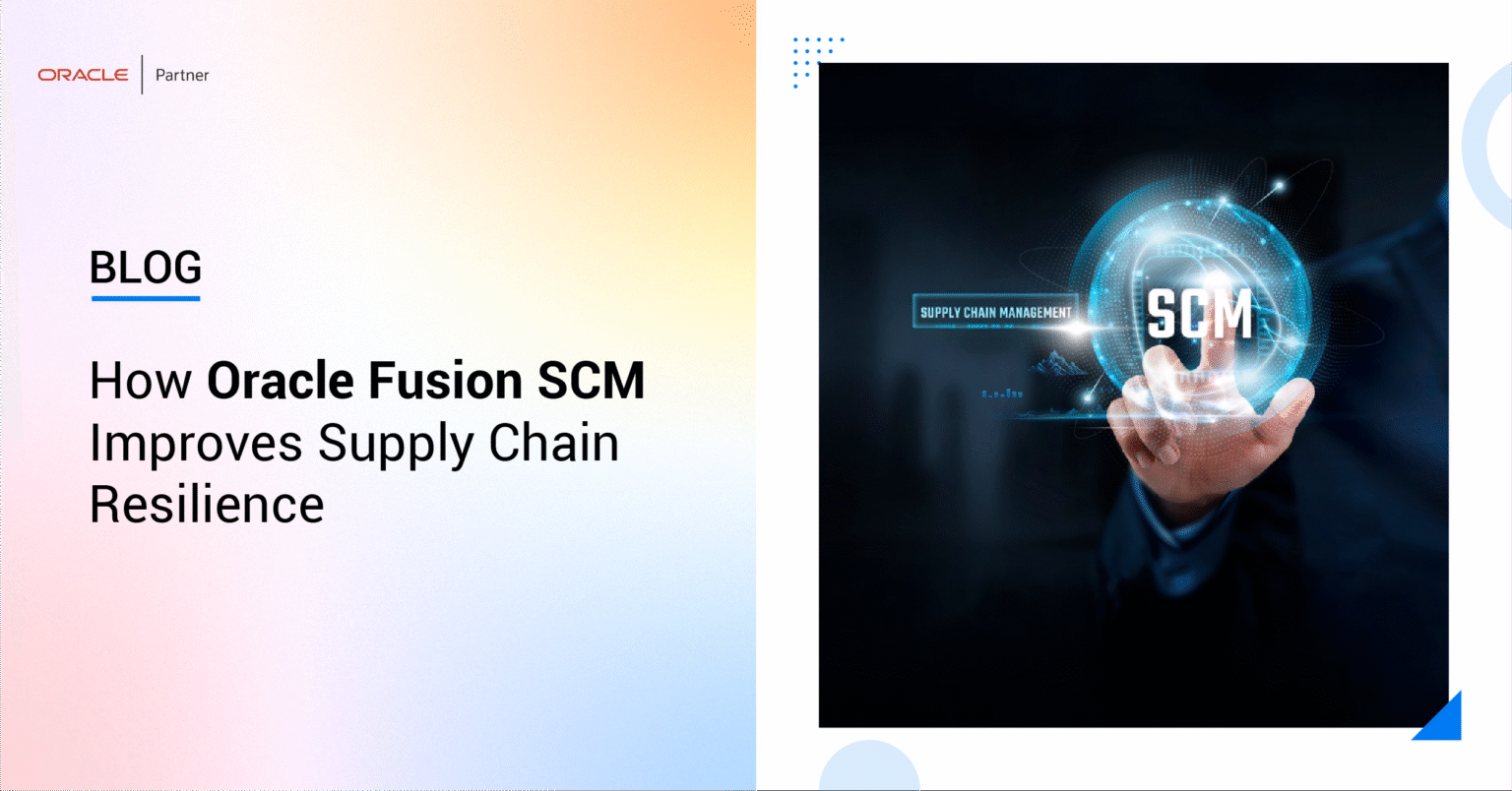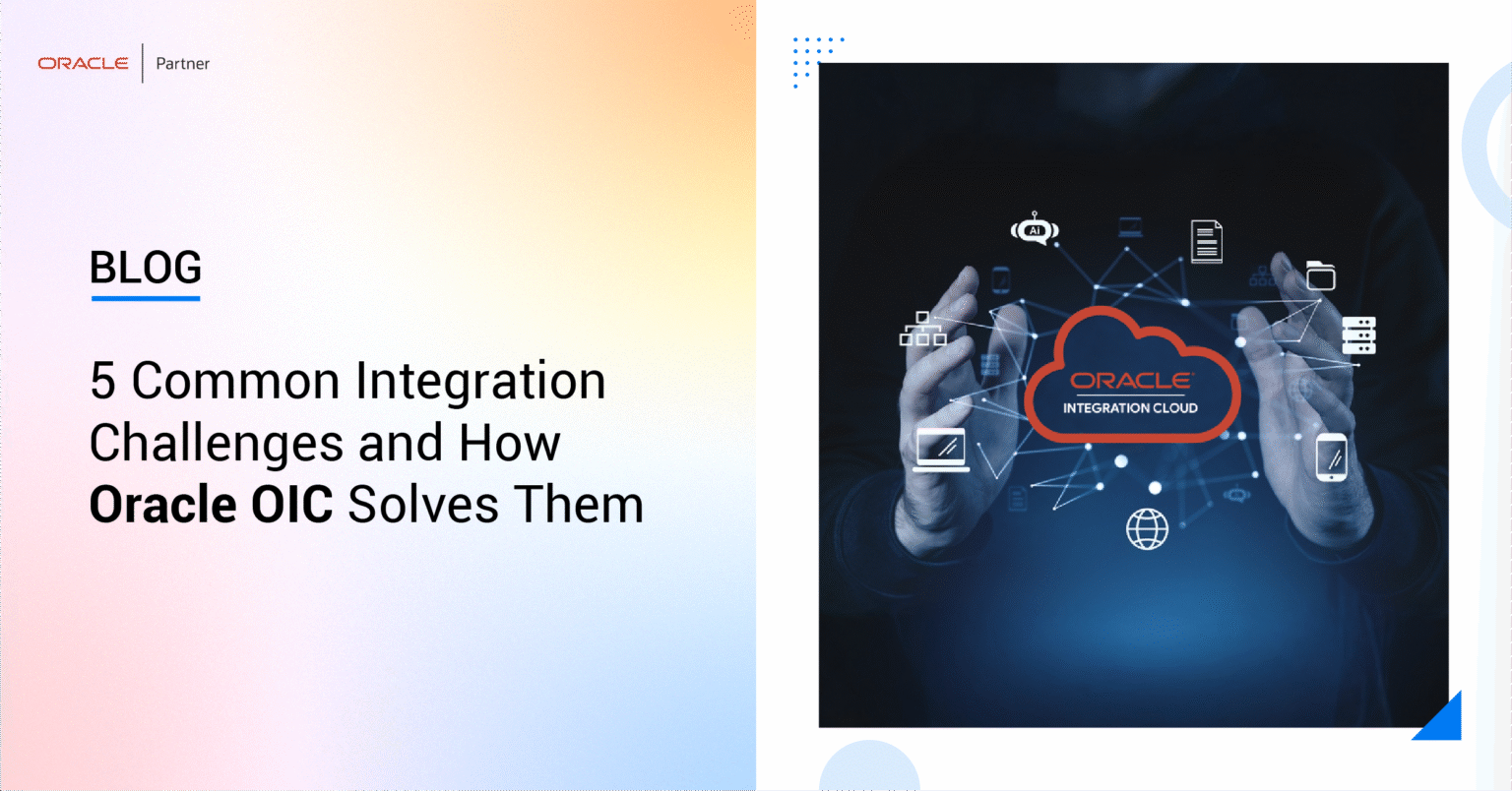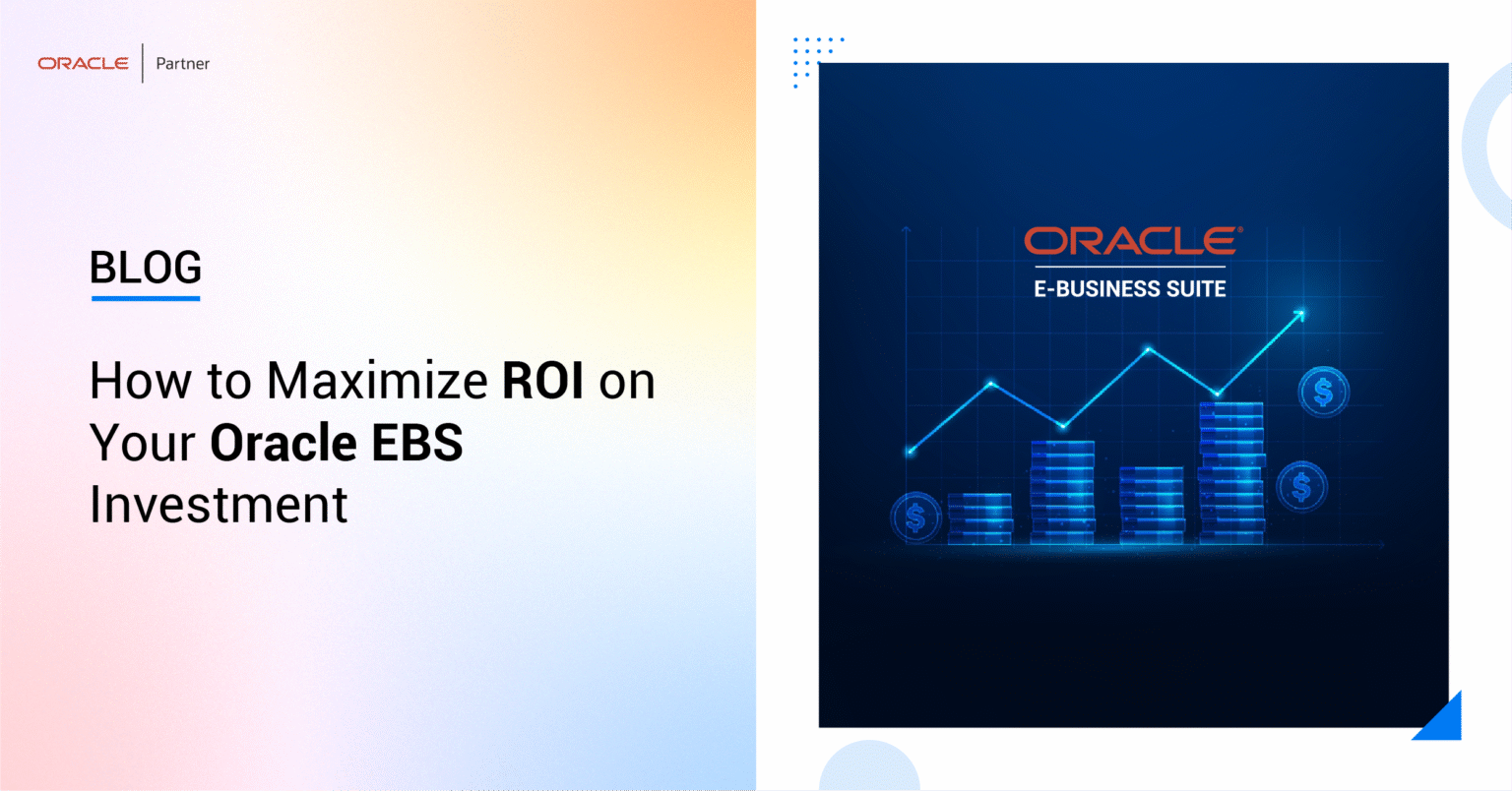
Why Migrate from Legacy Applications to Oracle Fusion Cloud
Legacy ERPs may run your business—but they also limit it. Oracle Fusion Cloud, built on OCI, offers a modern, agile […]
Why Migrate from Legacy Applications to Oracle Fusion Cloud Read Post »
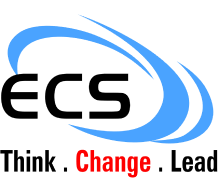
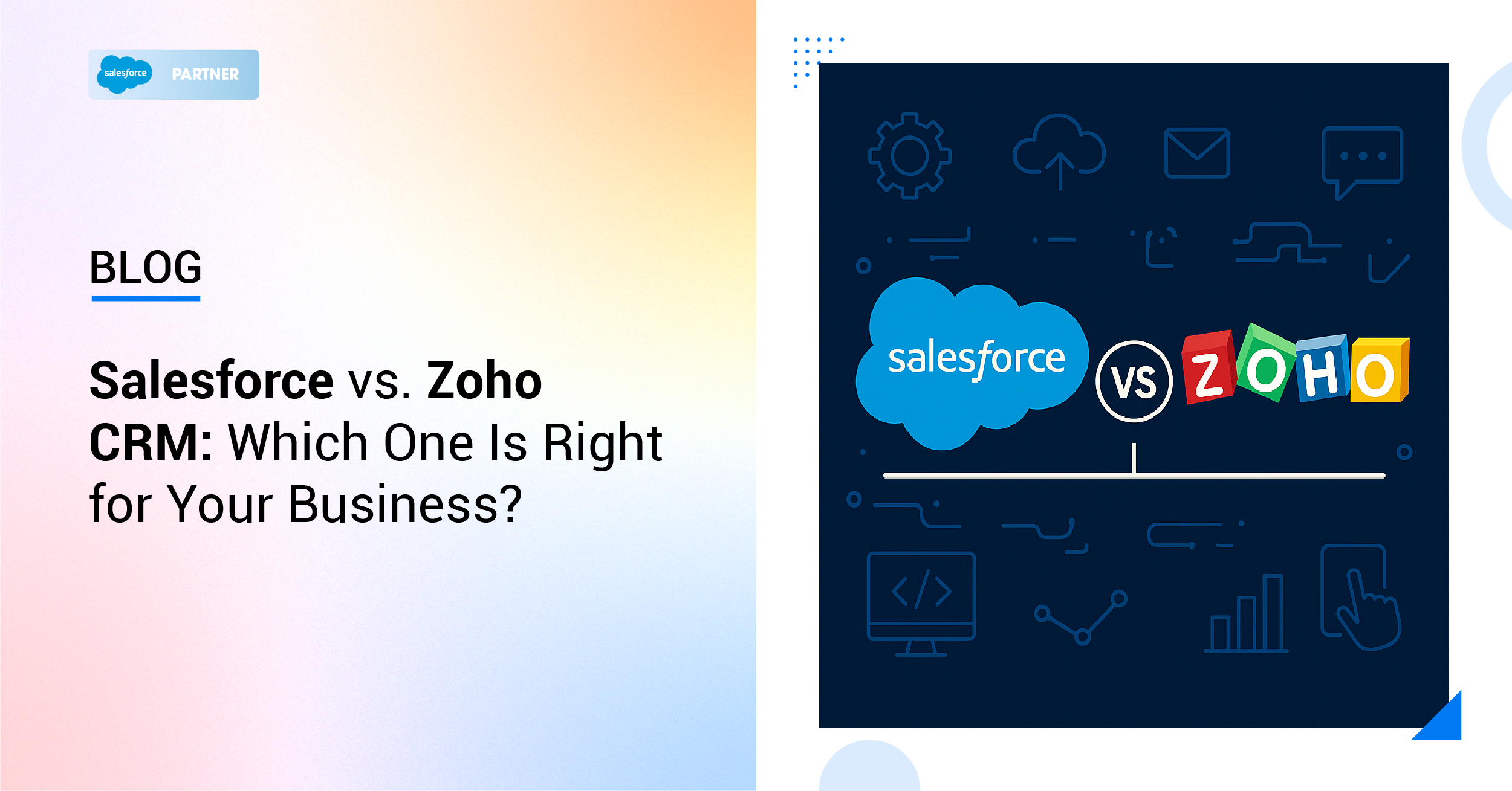
![HR tech options abound—but Darwinbox is defining the future of HR in the MENA region. Engineered for speed, localization, mobile-first use, and intelligence, it is tuned for regional enterprise needs. Here’s why Darwinbox stands apart. 🌍 1. MENA-Centric Design • Native Arabic UI, multi-country GCC payroll, WPS & gratuity compliance ≈ instant ROI • Active regional HQ in Dubai with growing adoption among regional titans 📱 2. Mobile-First & Field-Friendly • Full-featured mobile UX with voicebots, facial recognition, ideal for frontline workers—no desktops required 🤖 3. AI & Smart UX • Darwinbox Sense brings Gen-AI driven search, HR chatbot, intelligent workflow assist like never before 🌟 4. Best-in-Class User Ratings • Gartner’s top-rated Cloud HCM Voice of Customer (4.7–4.8), beating legacy giants 🔄 5. Highly Configurable & Integrated • No-code Studio & Amplify let HR teams customize workflows independently • Native connections to Microsoft ecosystems (Teams, PowerBI) and ERPs 🤝 6. Strategic Local Alliances • Partnerships with PwC and Microsoft bring regional talent expertise and tech reach 💡 Why ECS + Darwinbox? As a certified Darwinbox partner in MENA, ECS ensures your HCM implementation is fast, locally compliant, and optimized for adoption and ROI—no generic playbook here. Conclusion Darwinbox isn't just another HCM -it’s the HR engine built for MENA’s digital-first enterprises. Ready to elevate your HR tech game? 🟦 [Book your Darwinbox-led transformation session]](https://techecs.com/wp-content/uploads/2025/06/Navigating-the-HR-Tech-Landscape-—-Why-Darwinbox-Stands-Out.png)
